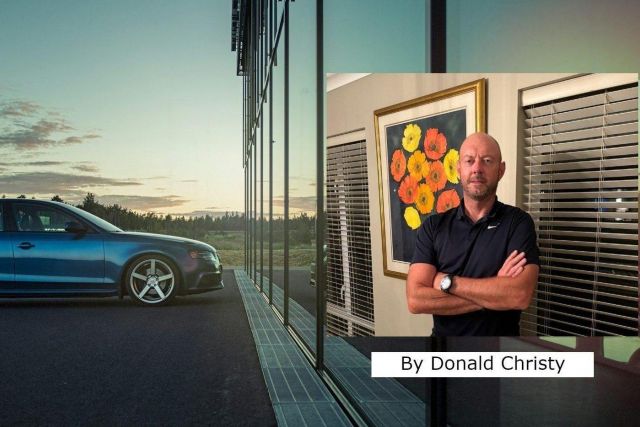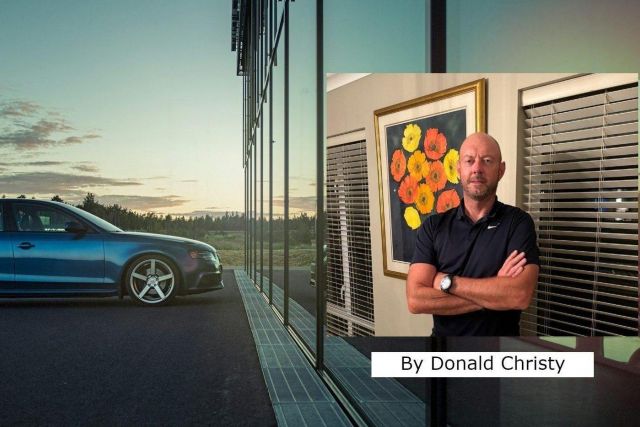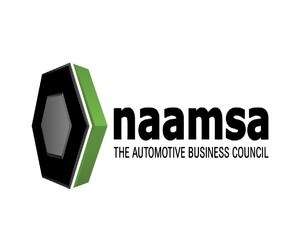
With the plethora of makes, models, specification variants and combinations, there are many more parts lines now than there have ever been. In the past, one engine could work for multiple models in the line-up but now each model can have multiple different engines depending on the specific spec of that particular vehicle within the model.
Added to this, there are so many models in SA where sales are single figures per model per month, so that it is difficult to know what to stock. Normal fast or medium movers for a volume model could well be obsolete for a model with lower volumes.
Most (95%+) of obsolescence DOES NOT come from stock orders (assuming that your stock orders are for parts that have the required movement to be stocked). Parts obsolescence should also not only be determined by the age of the part – often the day you buy the wrong part, but it is also obsolete.
Obsolete parts come from:
- Poor procurement practices (poor systems, staff, lack of review/accountability).
- Credits.
- Cancelled Customer Orders.
- Warranty parts where the warranty issue has been resolved on the line or where the client does not come back to the dealership to have the part fitted.
- Incorrect diagnosis from your service department.
- Not taking deposits from clients on non-stock parts.
- OEMs shipping parts you did not order (not that common but it does happen).
- Dealerfloor (dealerfloor.co.za) and I will be publishing regular articles on dealership efficiency. I am really looking forward to sharing ideas with you. Join the conversation by sending a WhatsApp to 082-776-1887 to be added to our group.
It is essential that dealership management ensures that these areas are reviewed regularly (some daily, some weekly) and that corrective action is taken immediately.
How much is acceptable obsolescence? Obsolescence that results from bona fide business risk is what I view as acceptable. If you decide to stock a slow-moving part in case an important customer needs it or you issue a credit on a slow-moving part because it is an important customer, or if it is totally out of your control – that is an example of a strategic or acceptable obsolescence.
Where obsolescence is as a result of poor business practices, unskilled staff carelessness and poor discipline, then I would say that anything you write off is unacceptable.
Take care.
Donald










